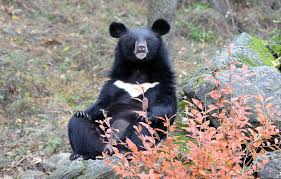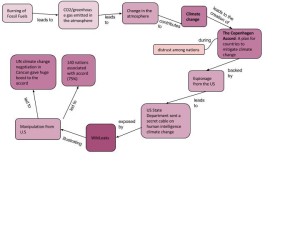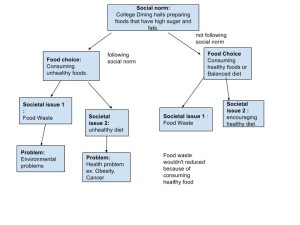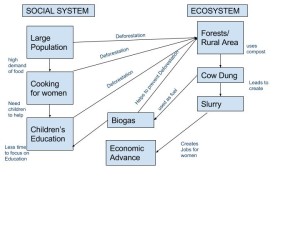- In the first paragraph of 175-250 words, in your own opinion describe the level of biodiversity in your hometown. State the factors that contribute to the level of biodiversity.
I live in a city called Seoul located in South Korea. To be more specific, South Korea is located in the East Asia, on the Southern half of the Korean Peninsula. In the country, Seoul is located at the north-west side and is the capital city of South Korea. In my opinion, Seoul would be considered to be in the low level of biodiversity because of several reasons. To begin with, according to to the module, if a continental region of the world receives a lot of sunlight and rainfall and is buffered from extreme disturbance events, it is likely to expect a highly biodiverse in the region. Seoul does have distinct four seasons with sunlight, rain and snow. However, due to global warming and rapid urbanization of the city, the region is mostly covered with man-made buildings and transportation rather than natural environment the world has presented to us. Also, one fact is that Seoul is ranked as the second largest metropolitan area of the world which means the city is overpopulated with urbanized life. What is more, Seoul is located in the center of the country. The region does not have fulfillment of natural nourishment. The area I live is mostly surrounded by modernized buildings, apartments and transportation. However, if we consider the whole country, South Korea would be considered to be at the average level of biodiversity. The country itself, is mostly mountainous with 64% of the land compromised of mountains surrounded by ocean on three sides.
- In the second paragraph of 200-250 words, explain the biodiversity threats in your hometown, what caused the threats and suggest a prevention on how to protect the biodiversity.
As I mentioned above, Seoul is one of the biggest metropolitan area in the world. This explains that the area is covered with majority of man-made kinds instead of natural environments. A major biodiversity threat in the city would be the climate change, habitat loss of animals and plants and the loss of environment in the area. According to the CBD, there are large number of endangered flora and fauna. Approximately 20.4% of wetlands, 15.9% of farmland and 2.1% of forested land have been reduced in size within the last two decades. Not only did it reduce but also created one of the biggest issues in the world, climate change. As we learned in the previous module, climate change is a serious issue that needs to be prevented. However instead of preventing it, we are creating more problems that leads to climate change such as deforestation and loss of environment. Furthermore, the biggest reason of the changes is from rapid urbanization and industrialization. Seoul became one of the biggest metropolitan area in recent years. The rapid urbanization and industrialization has caused the country to deforest the mountains and build high, modernized buildings. In order to prevent the varieties of damages, the city should limit the number of buildings in the area and create campaigns that advertises the growth of trees, grass and flowers. Also, since saving the environment is the key of the prevention, there should be stricter rules of recycling and throwing garbage.
Reference:
“Republic of Korea – Main Details.” Main Details. Convention on Biological Diversity, n.d. Web. 13 Apr. 2016. <https://www.cbd.int/countries/profile/?country=kr>.
- In another paragraph of 100-150 words, choose one image of endangered or extinct species in your hometown and explain what and how it became endangered or extinct.
This picture illustrates an endangered wild animal called Asiatic Black Bear. This bear is categorized as a first-class endangered wild animal in South Korea and internationally and is considered as a Natural Monument No. 329 in South Korea to protect the species. The Asiatic Black Bear usually could be found in Seoraksan Mountain and in Jirisan Mountain but now it is hard to find as it became endangered by us. Asiatic Black Bear became endangered because of over-hunting and as loss of environment they used to live in.However, in order to prevent its extinction, there is an Asiatic Black Bear restoration program in the country (Jirisan National Park) that stands out to prevent the endangered animal.




